Why Daylight Is Indispensable in Architecture
Daylight is an essential component of modern architecture, influencing well-being, health, and property value. Nevertheless, its importance is often underestimated in renovation projects, such as during energy retrofitting or densification.
Martin Hauer from the internationally renowned lighting design firm Bartenbach emphasizes that daylight in architecture is not a bonus but a fundamental building principle. Older buildings with high ceilings, in particular, offer ideal conditions for improved daylight utilization—a key factor in sustainability.
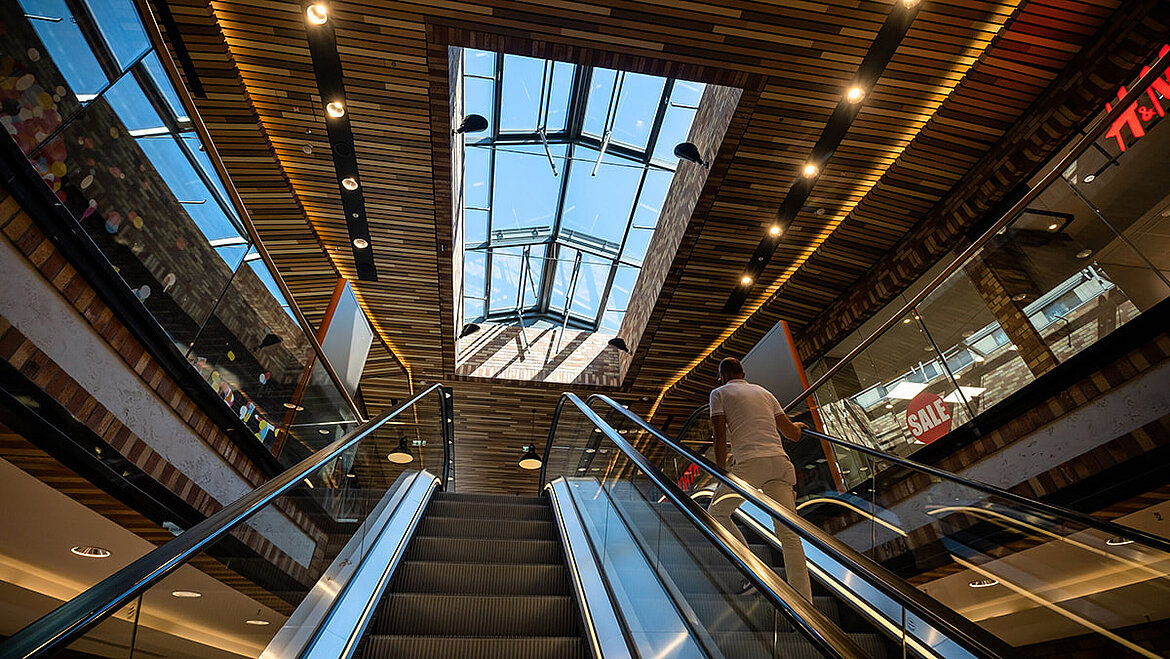
What Makes Daylight So Valuable?
Apart from technical aspects, daylight has a strong psychological component. “Daylight has the ability to fundamentally transform a room and its appearance with the right intensity and color—without additional energy or resource use,” says Hauer.
Johannes Zauner, human biologist and lighting designer, emphasizes the fundamental role of daylight in our homes for our health:
“The cones and rods in the eye allow us to perceive visual impressions, such as colours and shapes in our environment. In recent years, another receptor type has been discovered: the so-called ipRGC, or melanopsin-containing ganglion cells. These light-sensitive cells send signals to the suprachiasmatic nucleus (SCN), our central pacemaker. Through this connection and subsequent signalling cascades, light entering the eye can control bodily processes, such as the nightly release of melatonin.” If insufficient daylight is received, the internal clock becomes unbalanced, which can lead to sleep disorders, hormonal disturbances, and stress over time. Zauner also warns: “Prioritizing daylight in renovation is essential, as monotonous artificial light cannot replace the positive effects of daylight.”
European Daylight Standard EN 17037 for Daylighting Renovation
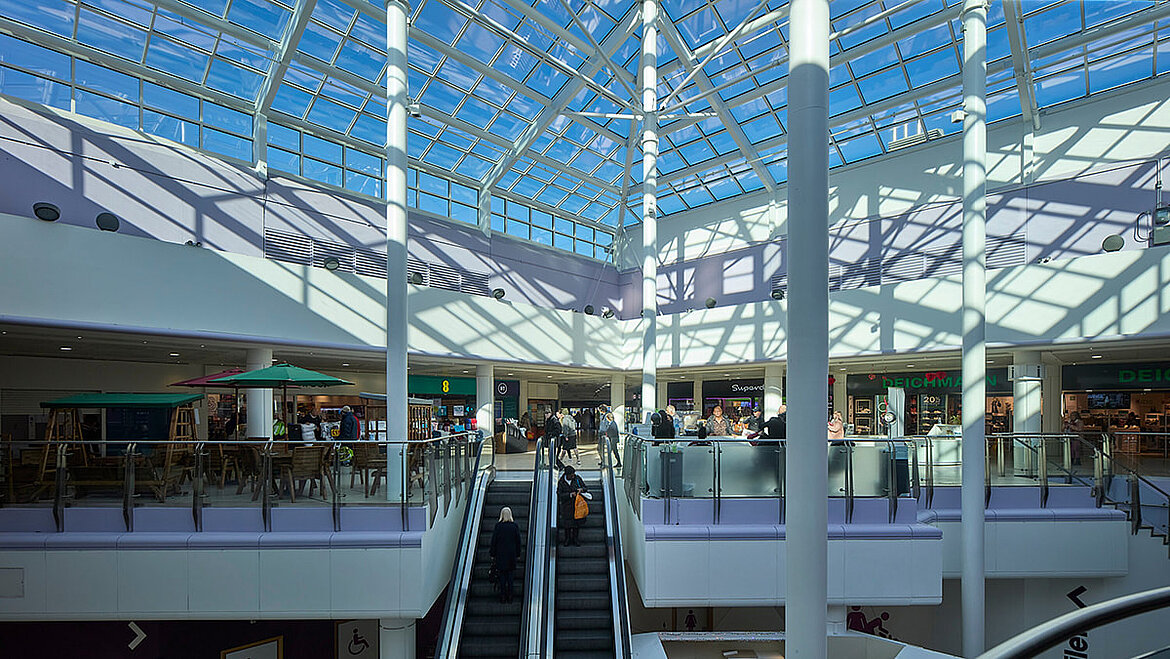
Since 2019, standard EN 17037 has established binding criteria for daylight quality. It defines minimum values for daylight factors, hours of sunlight, views, and the distribution of light throughout the day.
Hauer explains the opportunities arising from the standard: “EN 17037 was introduced by the European Committee for Standardization to create uniform and scientifically sound criteria for daylight in buildings, thereby improving user well-being.”
It helps increase awareness of daylight among planners, building owners, and users, and supports the implementation of healthy and sustainable lighting renovation projects.
Lighting Planning in Daylighting Renovation Projects
Lighting planning during renovations is often complicated by limited façade areas, deep rooms, or heritage protection restrictions. The process therefore starts with an assessment of the existing situation: façade orientation, heritage constraints, and daylight-deficient areas determine the concept.
“Courtyards can easily illuminate the building core. Even more potential, however, comes from the roof: with skylights, such as made by LAMILUX, we can use zenith light, which throughout the day provides better daylight compared to side lighting,” explains Hauer. In combination with mirror or prism systems, diffuse daylight can be guided deeper into the building and used glare-free.
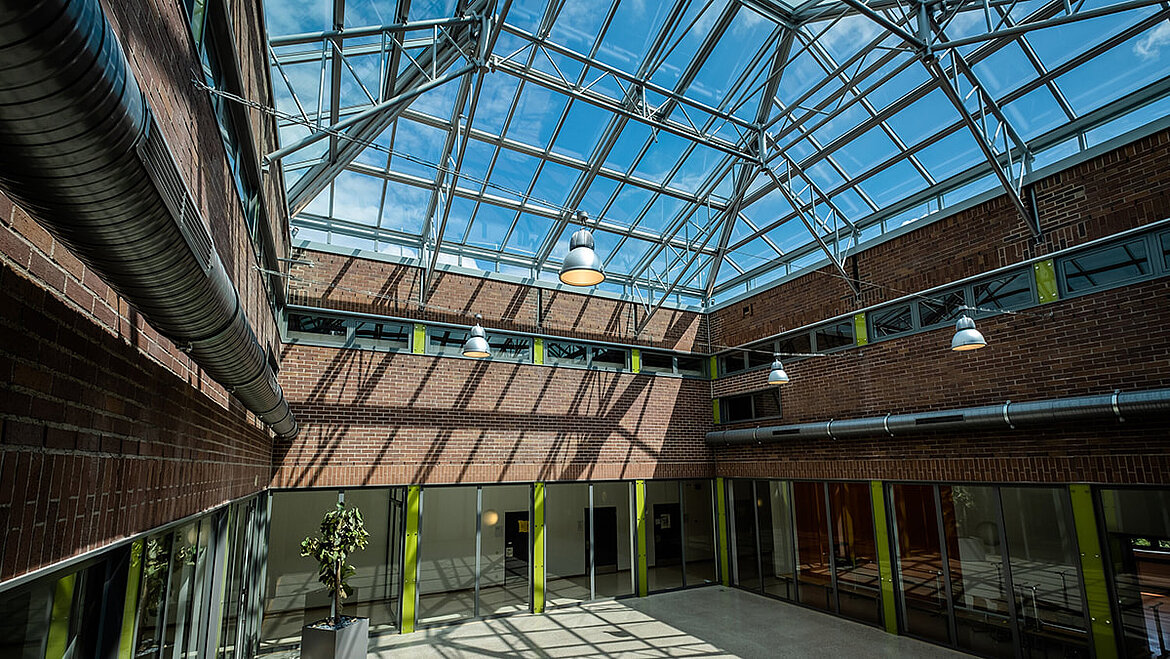
The Planning Process for Daylighting Renovation
A structured daylight planning process follows these steps:
- Inventory & Analysis: Record building orientation, façade surfaces, room usage, heritage restrictions, and light deficiencies.
- Goal Setting & Potential Assessment: Identify low-light areas and potential of skylights or structural changes.
- Building Envelope Optimization: Combine building physics requirements with maximum daylight yield.
- Simulation & Visualization: Apply daylight factors, solar path analyses, and tools like BIM or virtual reality for realistic evaluation of lighting concepts.
- Interior Design: Use bright surfaces and smart layouts to enhance daylight in buildings.
- Integration with Artificial Lighting: Only after optimizing daylight is glare-free, zonally controlled artificial lighting added.
Martin Hauer adds: “We increasingly use real climate data and direct sun positions to evaluate daylight control systems more precisely.”
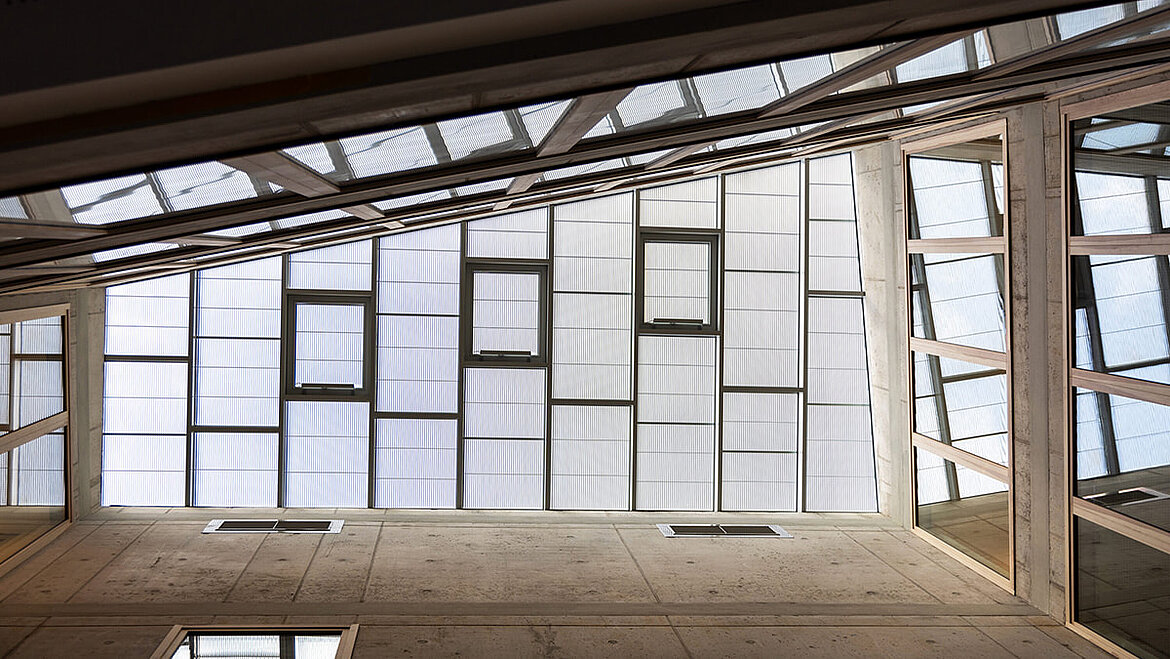
Modern Skylights for Daylighting Renovation

The following systems are particularly effective in bringing daylight into interiors and controlling it:
- Skylights and Windows: Flat roof windows, domes, or glass roofs provide up to three times more daylight than vertical windows and are ideal for roof conversions and densification.
- Mirror and Prism Systems: Guide light without glare, increase light depth, and separate daylight from heat gain.
- Plug-and-Play Façade Systems: Allow precise modular retrofitting and simplify renovation processes.
- Transparent Photovoltaics: Special solar modules enable sustainable electricity generation while transmitting light and providing shading—perfect for modern daylight buildings.
“We are increasingly researching systems that combine energy generation and daylight utilization. Transparent photovoltaics act as controllable shading systems while simultaneously generating electricity,” explains Hauer.
The Importance of Material Choice and Reflection
Materials strongly influence light performance in a room. Bright surfaces reflect daylight better, creating deeper and more even light distribution.
Zauner adds: “This also applies to opaque building components like façades. Especially in courtyards or atriums, where a large amount of daylight comes from above, bright surfaces help light reach further into the building.”
In particularly low-light areas, targeted use of mirrors, prisms, or artistic installations can help enhance daylight design.
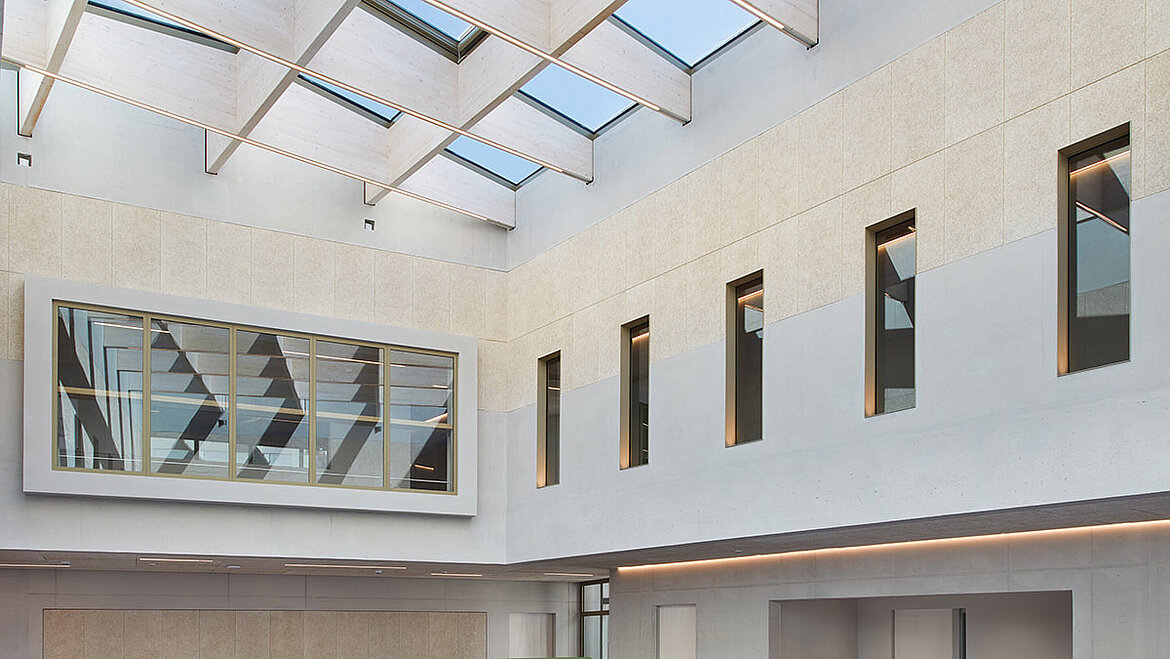
Practical Tips for Daylighting Renovation
Strategies to bring daylight into renovation projects include:
- Increasing window areas and using skylights in the roof
- Designing bright and reflective courtyards
- Applying open floor plans and transparent partitions
- Using different types of glass with varying transmission levels, especially on the ground floor
- Implementing light simulations during planning
- Creating combined lighting concepts of daylight and controllable artificial light
These measures help make daylight usable even in challenging existing buildings.
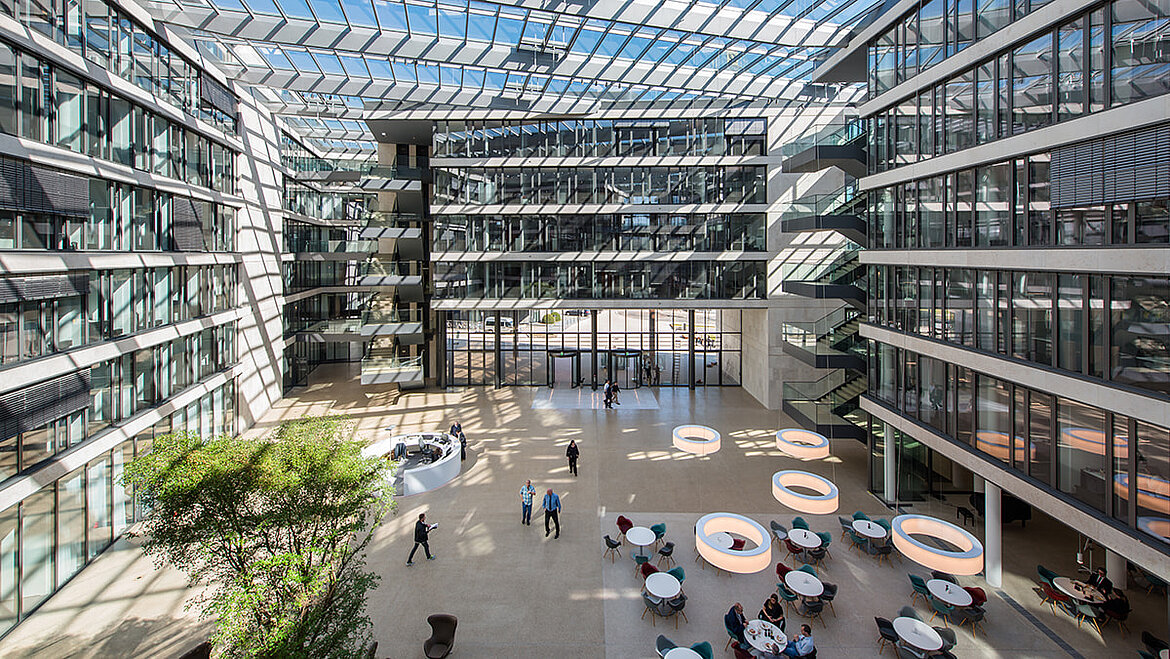
Our skylights
Whether skylights, glass roofs or continuous rooflights – LAMILUX offers a wide range of systems for your roof. With genuine Made-in-Germany quality, they provide long-lasting solutions for flat roofs, combined with aesthetic design.
Looking to the Future
Daylight is a free yet highly valuable resource that improves living quality, health, and property value. The requirements of the European daylight standard EN 17037 provide a scientific foundation for the quality of lighting planning.
The combination of precise inventory analysis, modern simulation, innovative technologies, and conscious use of materials allows daylight to be used efficiently and significantly improves living comfort and well-being.
Experts Martin Hauer and Johannes Zauner emphasize: those who consistently plan and implement daylight in renovations secure future readiness, health benefits, and superior living quality.
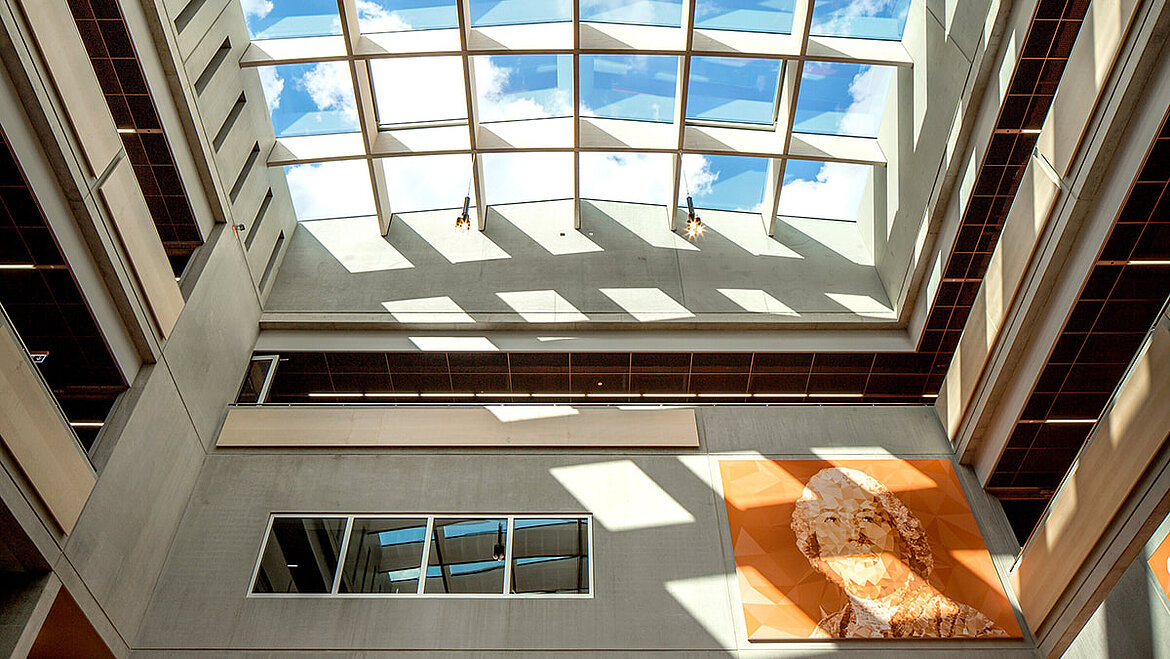
When asked about his wishes for the future, Martin Hauer responds: “I would like to see integral planning emphasized much more. We need awareness of the added value that daylight planners can provide. Especially as energy supply and self-sufficiency in buildings become increasingly important, integrating energy-active systems with effective daylight use is essential. Through early, comprehensive planning, we can create plus-energy daylight buildings and achieve greater sustainability.”

